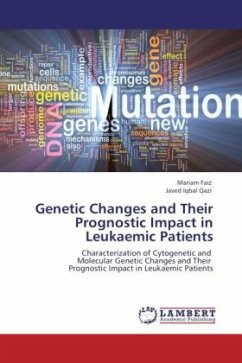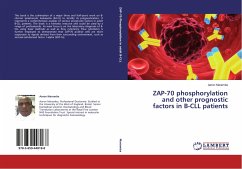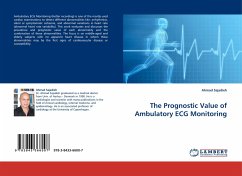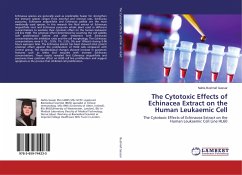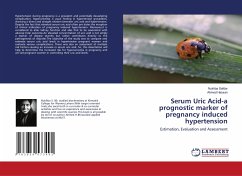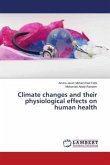In Pakistan, comprehensive data from population based studies on the incidence of childhood leukaemia is generally lacking. In developing countries, treatment of acute lymphoblastic leukaemia (ALL) usually relies on different immunophenotypic, cytogenetic and molecular subsets that have differing outcomes with different therapies. In Pakistan, treatment offered to patients is usually based on clinical features of disease at presentation. This books attempts to identify and characterize different risk factors and clinical and genetic prognostic markers in Pakistani ALL patients. Moreover, classification of patients into different risk groups and effects of conventional therapies on treatment outcome were also studied. The importance of research to identify the optimal therapy for children with ALL including well-designed clinical trials, identification of higher risk features with appropriate treatment changes and tailoring of therapy according to response and risk groups are emphasized.
Bitte wählen Sie Ihr Anliegen aus.
Rechnungen
Retourenschein anfordern
Bestellstatus
Storno

